Overview
We are a global, full-service injection molding solutions company focused on improving quality in all aspects of life—from plastic parts to career advancement, reduced scrap in our landfills, improved safety standards, and more. We are passionate about what we do because we love it, and because we know that we are making a tangible difference in the world.
We have been transforming the industry since 1985, but our history reaches back much further than that. Our founder, Rod Groleau, developed the first in-mold cavity pressure sensor and the first computerized production monitoring system in 1962. He changed the industry forever, and we carry on his legacy through continuing to push the boundaries every single day.
Our mission
To empower the plastics industry to create positive change in the world.
What we do
In short, we share knowledge. It is at the core of all we do and what sets us apart. We pinpoint each unique challenge and develop custom plans to improve overall output, quality, and cost.
Why we do it
We do it to create a quality world through empowering our clients, growing careers, and improving everyday products for people everywhere.
Our core values: the promise to ourselves and our clients
Our guiding principles, what keeps us on the right path, and how we connect with the world
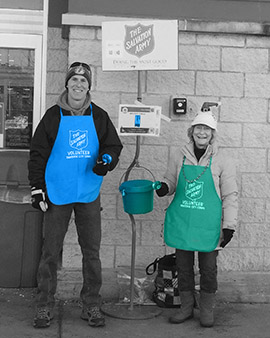

Integrity
We do the right thing, even when it hurts.
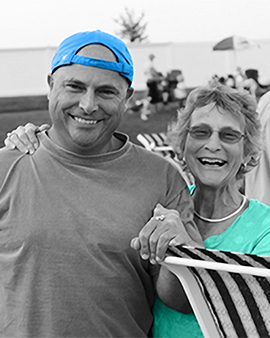

Joy
We revel in our work. Find humor in the mundane. Embrace our quirky selves.
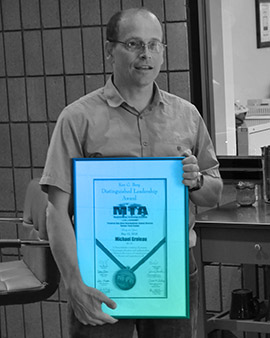

Knowledge
We empower others to be life-long learners.
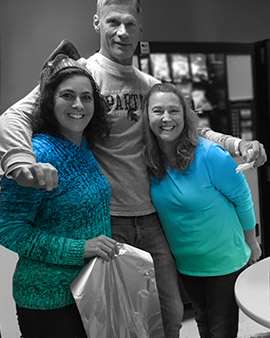

Relationships
We take care of each other, our clients, and our community.
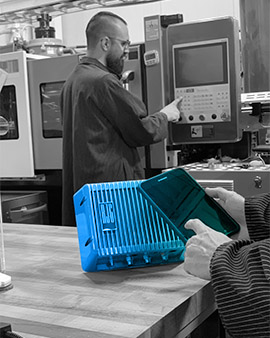

Innovation
We’re curious. We’re adventurous. We’re creative. We embrace change.
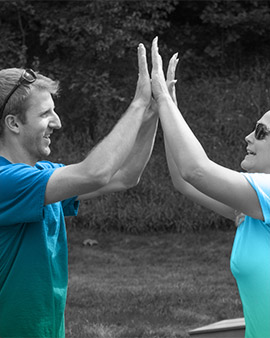

Success
We strive to be the reason our team and clients succeed. Then do more.
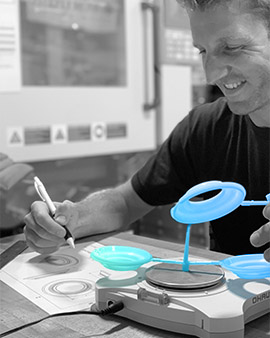

Accountability
We honor commitments, admit mistakes, and take responsibility for making things right.
Our proven process
“What makes RJG different is our passion for people. We focus on improving lives across the globe by offering not only solutions, but quality. Quality products, quality careers, quality parts, and quality of life. We care about our clients on a human level and are honored to have the privilege of being part of their journey as they succeed and grow.”
Rob Nugent
CEO
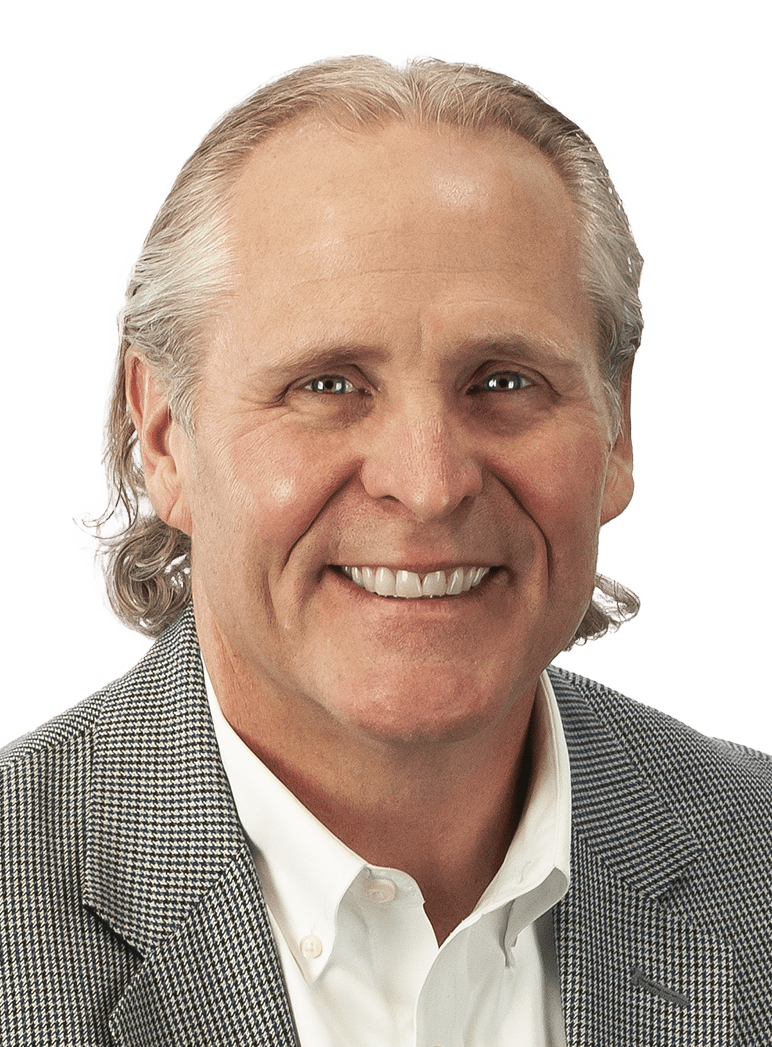
Our timeline: a rich history of innovation and growth
We have come a long way since Rod invented the in-mold cavity pressure sensor in 1962, and it’s all thanks to you and your ongoing support. We can’t wait to see what the next 50 years bring!
Present
Our business is helping molders supply absolute quality parts to their customers. We do this by providing training, technology, and consulting services to our clients.
2025
- Acquired iMFLUX, enhancing our capabilities with cutting-edge constant-pressure injection molding technology.
- Launched CoPilot Go, helping molders sort parts quickly, without cumbersome machine interfacing.
- Introduced The Hub Connect for seamless data integration through OPC-UA and The Hub Lite for portable, efficient tool tryout data management.
2024
Launched MAX the AI Process Advisor on the CoPilot® System
2021
Opened training center at Southern Union State Community College in Alabama
2020
Launched several new online training courses
2017
- Launched the CoPilot®
- Launched The Hub®
- Launched the Part Design and Mold Design courses
- Released the 6mm Strain Gage Sensor
2016
TZERO® group begins offering Part Design Analysis. Building expansion: Adds a 2nd level to RJG headquarters
2015
- Acquired G&A Moulding Technology in the United Kingdom, which became RJG Technologies
- Launched the TZERO® program
- Released the Sensor eValuator
- Partnered with Burger & Brown Engineering to offer Smartflow sensor
- Launches the Scientific Cooling course
- Training program win’s the Pike’s Peak award
2013
- Released the 3.5mm piezoelectric button in mold sensor
- Released the first multi-channel system for strain gage sensor
2012
- Opened RJG China in Chengdu, China
- Version 10 eDART System is released
- Math for Molders course is released
- Launched Systematic Molding for LSR course
2011
- Opened RJG Mexico in Chihuahua, Mexico
- Opened RJG Ireland in Nenagh, Ireland
- Launches Load Washer sensor line
2010
- Opened RJG Germany GmbH in Karlstein, Germany
- Launches the Lynx Embedded Sensor plate
2009
Released 1mm flush mount and 1.5mm spring loaded temperature sensors
2007
- Opened RJG (S.E.A.) Pte, Ltd. in Singapore
- Opened RJG France in Oyonnax, France
2006
eDART flx™ is released
2005
Launched online training assessment on our website
2004
Conducted the Tryout Shop Certification Program
2003
Introduced first digital piezoelectric in-mold cavity pressure sensor
2002
Released Valve Gate Control system software and “Transfer Pin” cavity pressure mounting method for measuring pressure under valve gate pins
2001
Developed “fail-safe” automated abnormal part containment
2000
- Released the eDART System—the plastics industry’s first digital data acquisition platform with Lynx™ smart sensor technology
- Demonstrated independent valve gate control systems
- Began offering piezoelectric and strain gage sensors
1999
- RJG Associates and RJG Technologies merge to form RJG, Inc.—one company servicing the plastics industry with sensors, process control, and training solutions
- Introduced the DARTAlert™ software program
1998
Introduced the RJG Master Molder® Program
1996
Introduced DARTVision (Windows-based data acquisition)
1996-99
Named one of Michigan’s Top 100 Fastest Growing Companies for four consecutive years (the award was discontinued after 1999)
1991
DART (Data Acquisition and Retrieval with Transducers) and DARTNet are introduced—PC-based data acquisition
1989
Rod Groleau co-founded RJG Technologies, Inc., an equipment company supplying sensors and data acquisition systems
1985
Rod Groleau founded RJG Associates, Inc., a consulting and training company, where he developed the concepts of in-mold rheology techniques, load sensitivity testing, and principles of rigorous mold tryouts and DECOUPLED MOLDING® techniques
1982
Rod Groleau worked as Director of Technology at DME, where his responsibilities included expert process analysis using voice synthesis as the operating interface
1969
Rod Groleau completed his MBA from Michigan State University and co-founded Control Process, Inc., where he developed the first commercial strain gage cavity pressure sensor and manufactured the industry’s first computerized production monitoring system; Rod remained with Control Process, Inc., through 1981
1962
Rod Groleau began work as a co-op student at the General Motors Institute (GMI), where he remained through graduation in 1967; during this time, Rod completed his thesis on Injection Molded Part Size Control



